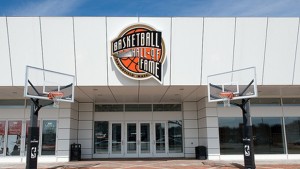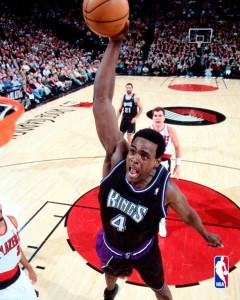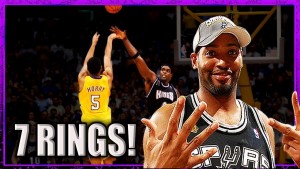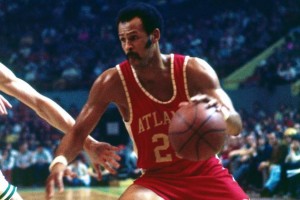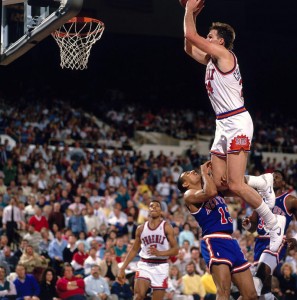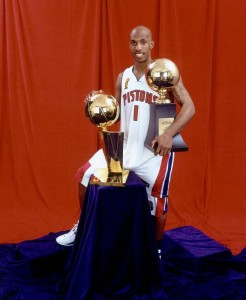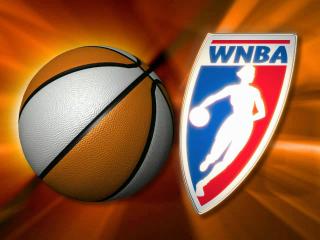My position on Vlade Divac being a Hall of Famer generated a robust discussion. I stand against his Hall of Fame selection but appreciate the opposing perspectives. Let us look at five others who are NOT in the Basketball Hall of Fame (HOF) and make a determination.
Before we began, let me clarify my thinking on the matter. The HOF, regardless of the sport, is an individual honor and not a team honor. I therefore give much more weight to what a player has done individually. I always feel if the first evidence presented for a player’s HOF credentials are team based, it is a good chance that he has a borderline to weak case.
Therefore, here are my reviews:
Chris Webber: YES! 20.7 points, 9.8 rebounds, and over 4 assists are numbers alone that warrant HOF induction. However, Webber’s impact is much bigger than stats. He grew up in Michigan watching 6’8” Magic Johnson at Michigan State prove that a big man need not be restricted to paint play. I believe that greatly influenced his game and notion of what was possible for a big man and would eventually make him a pioneer of what we call today the “stretch four”. While I do not like what the trend has taken away in the traditional back to the basket post player, its impact cannot be denied. Also, being the best player on the “FAB 5” at Michigan showed how quickly a college player can be pro-ready. Throw in fashion with the baggy shorts and Webber’s impact and contributions are easily HOF worthy.
Robert Horry: NO! 7 points, 4.8 rebounds. Yes, he earned the nickname “Big Shot Rob” for his exploits in Houston and Los Angeles. No, he was not just along for the ride on seven NBA title teams. However, consider the big men whom he had the fortune to play with; Olajuwon in Houston, Shaq in L.A., and Duncan in San Antonio. Why is that important? Because they insured that no team had the luxury to game plan for Horry hitting a three. They also gave the team the flexibility to allow Horry to spread the floor. It is no coincidence that his least productive stop was in Phoenix, where they had no such interior presence. Furthermore, Horry, though listed as a power forward, never averaged over eight rebounds a game. He was one of the early stretch fours and a great accessory, but not a Hall of Famer. His individual body of work just does not measure up.
Lou Hudson: YES! 20.2 points, a nearly 80% FT shooter, and nearly 49% FG. He had multiple seasons during which he shot over 50%, while averaging over 25 points. Of the 12 other non-post players to do this, only Mark Aguirre is not in the HOF. Hudson was amazingly efficient. In fact, those 20.2 points per game came on barely 17 shots per game, which is among the greatest efficiency rates ever. I am at a loss for why Hudson is not already in the HOF. My only guess is that he played in the NBA purgatory called Atlanta and after several early career playoff seasons, the team was not very good. He was a 6-time All-Star with the pre-Dominique Wilkins Hawks. He finished his career with the Lakers…a year before they drafted Magic and won the NBA title. He had multiple years averaging over six rebounds a game from the guard position.
Tom Chambers: NO! 18.1 points and 6.1 rebounds. A four-time All-Star and All-Star Game MVP in 1987. He was a very good NBA scorer…and not much else.
Though listed as a power forward, he averaged over eight rebounds only once in his entire career. One cannot explain that away by calling him an early stretch four because he barely shot 30% from 3-point land. Chambers was a classic one trick pony…a good trick…but one trick nonetheless.
Chauncey Billups: MAYBE! 15.2 points, 5.4 assists, nearly 90% FT. I must admit when I first chose Billups to review, my inkling was no. I thought of him much as I did Horry, which is to say a great situational support player that benefited from being on a great team.
I was wrong.
I did not realize how good he was in Denver after leaving Detroit. Nor did I realize that he was a five-time All-Star and two-time All-Defensive Team player. Finally, he was the 2004 Finals MVP. Though his overall numbers are not great, his case is stronger than I initially thought.
There are so many more to consider; Kevin Johnson, Bobby Dandridge, Rasheed and Ben Wallace as players, and how about Rick Adelman and George Karl as coaches?
So, have at it and tell me where AND WHY I am wrong or right?
I will come up with a list of baseball players to review in October during its postseason.

